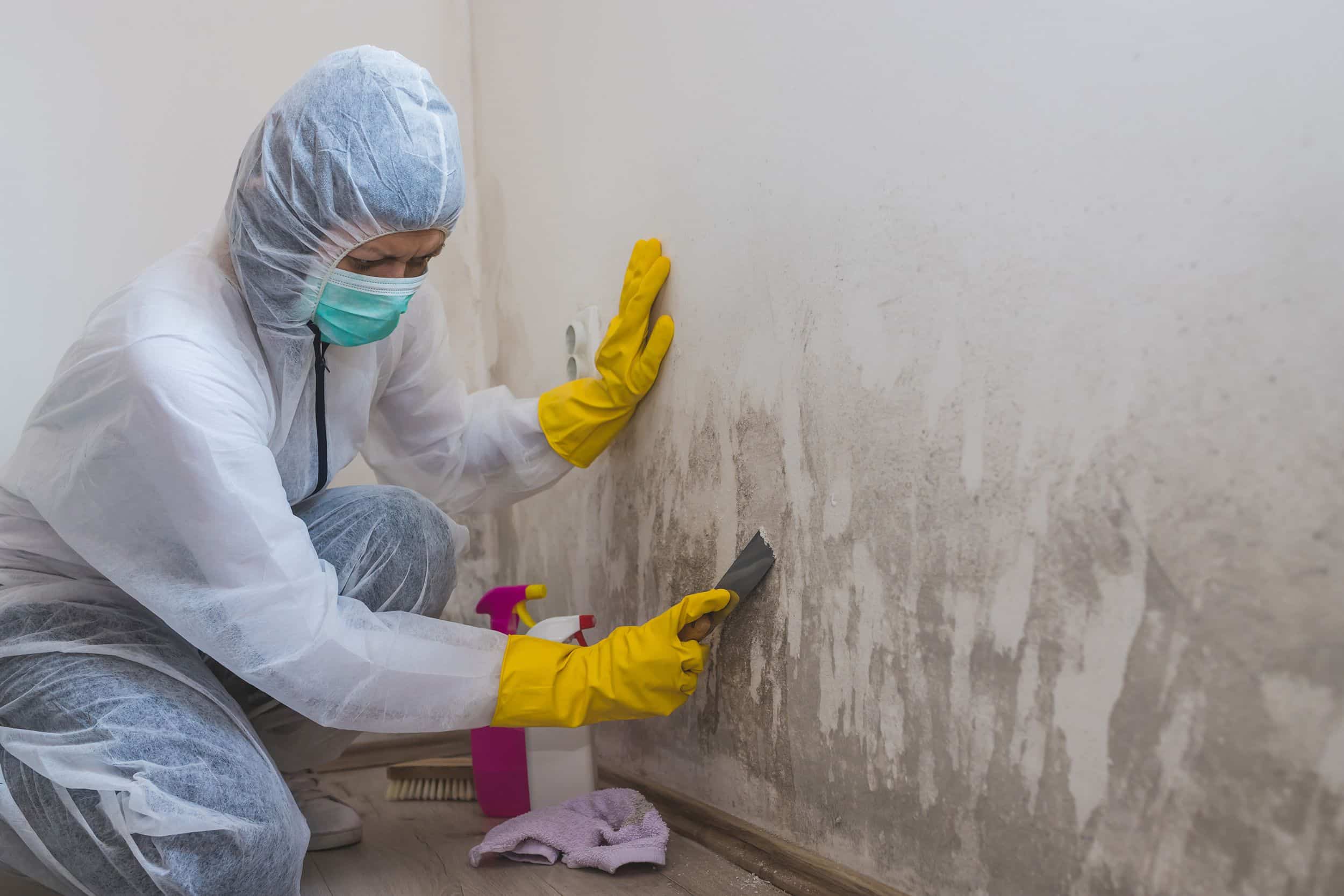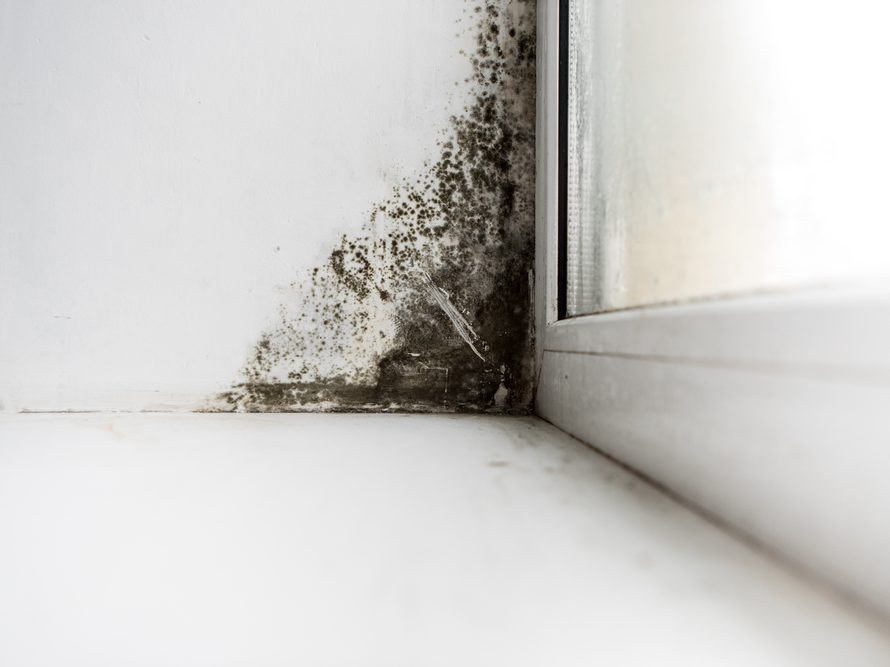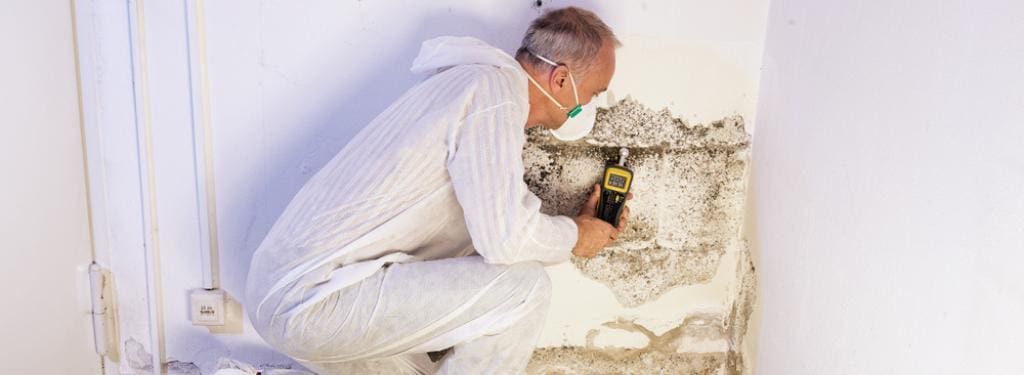Crucial Steps After Mold Remediation
Crucial Steps After Mold Remediation
Blog Article
Your Ultimate Overview to Blog Post Mold And Mildew Remediation Methods
In the aftermath of mold and mildew infestation, recognizing exactly how to effectively remove the mold and mildew and avoid its reoccurrence is paramount for keeping a healthy indoor atmosphere. From choosing the right cleansing and disinfecting techniques to applying techniques for long-lasting mold prevention, each action in the removal trip plays an important duty in guaranteeing an effective result.
Comprehending Post-Mold Removal Refine
After finishing the mold and mildew removal procedure, it is critical to comprehend the post-mold removal techniques that are essential to make sure a complete and reliable cleanup. As soon as the mold has been removed, the next step entails cleansing and decontaminating the influenced locations to stop any kind of regrowth of mold. This consists of utilizing specialized cleaning up representatives to clean down surface areas and kill any remaining mold and mildew spores. It is necessary to dry out the area completely to inhibit the development of mold and mildew in the future (Post Mold remediation cleaning). Appropriate ventilation and dehumidification can assist in this procedure.
Moreover, carrying out a last inspection post-remediation is vital to make certain that all mold has actually been successfully eradicated. If the inspection exposes any kind of sticking around mold and mildew, extra remediation may be essential.
Effective Cleansing and Decontaminating Methods

Protecting Against Future Mold And Mildew Development

Relevance of Proper Ventilation
Proper air flow plays a critical duty in protecting against wetness buildup, a vital aspect in mold growth within indoor environments. Effective ventilation systems assist remove excess moisture from the air, minimizing the chances of mold and mildew spores discovering the dampness they need to spread out and germinate. Without ample ventilation, indoor spaces can come to be a breeding ground for mold and mildew, resulting in possible health threats and structural damages.
By ensuring appropriate air circulation, ventilation systems can likewise aid in drying wet areas much more promptly after water damage or flooding occurrences, additionally hindering mold growth. After mold remediation. In rooms like shower rooms, attic rooms, basements, and kitchens where wetness degrees have a tendency to be greater, installing and maintaining effective ventilation systems is critical in stopping mold and mildew infestations

Surveillance and Upkeep Tips
Provided the essential role that proper ventilation plays in stopping mold and mildew development, it is vital to develop reliable surveillance and upkeep pointers to ensure the continued capability of air flow systems. Tracking moisture degrees within the property is also important, as high humidity can contribute to mold growth. By staying positive and mindful to the condition of ventilation systems, residential or commercial property owners can successfully minimize the threat of mold and mildew regrowth and preserve a healthy indoor environment.
Conclusion
In verdict, post-mold removal strategies are essential for guaranteeing a secure and clean environment. Recognizing the procedure, carrying Post remediation mold testing near me out effective cleansing and sanitizing methods, protecting against future mold and mildew growth, maintaining correct ventilation, and normal tracking are all important action in the removal process. By following these guidelines, you can efficiently get rid of mold and stop its return, functioning or advertising a healthy living room for all residents.
In the consequences of mold and mildew invasion, knowing how to effectively eliminate the mold and avoid its reoccurrence is critical for keeping a healthy and balanced indoor atmosphere. Once the mold and mildew has been eliminated, the next step includes cleaning and sanitizing the affected areas to prevent any type of regrowth of mold and mildew - testing air quality after mold remediation. After eliminating noticeable mold and mildew development, it is important to clean all surfaces in the damaged area to eliminate any staying mold spores. To additionally boost mold avoidance measures, it is necessary to resolve underlying issues that at first led to mold and mildew advancement.Offered the crucial function that appropriate air flow plays in preventing mold development, it is critical to develop effective monitoring and maintenance suggestions to ensure the continued performance of ventilation systems
Report this page